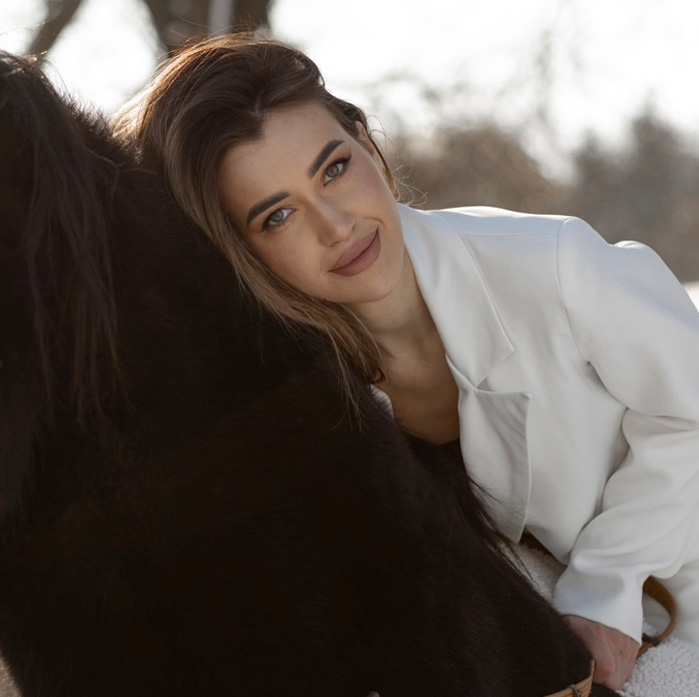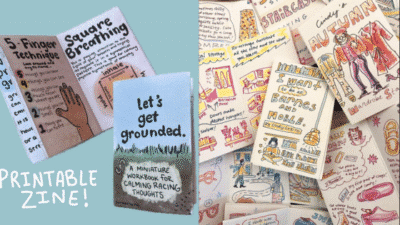

Female Disney characters have been part of many stories that shape how people see bravery, kindness, and independence. From princesses like Cinderella and Elsa to heroes like Mulan and Moana, these characters show a wide range of personalities and strengths. Many of these female characters inspire through their courage and unique stories.
Not all important female characters in Disney movies are princesses. Characters like Tiana, Judy Hopps, and Merida stand out for their determination and leadership in different worlds. Their stories help show that female characters can be complex and very different from one another.
Disney has also worked to include more diverse and realistic portrayals of women over time. This shift has helped create characters that many people can relate to in fresh and meaningful ways. The mix of classic and modern characters makes the stories richer and more interesting.
Key Takeaways
- Disney female characters show strength and variety in their stories.
- Many important characters are not princesses but still lead stories.
- Representation and diversity among female characters have grown.
Overview of Disney Female Characters
Disney female characters have changed a lot over time. Their stories show progress in how women are seen and portrayed. These characters often reflect the values and ideas of the time when they were created.
Evolution of Female Roles in Disney
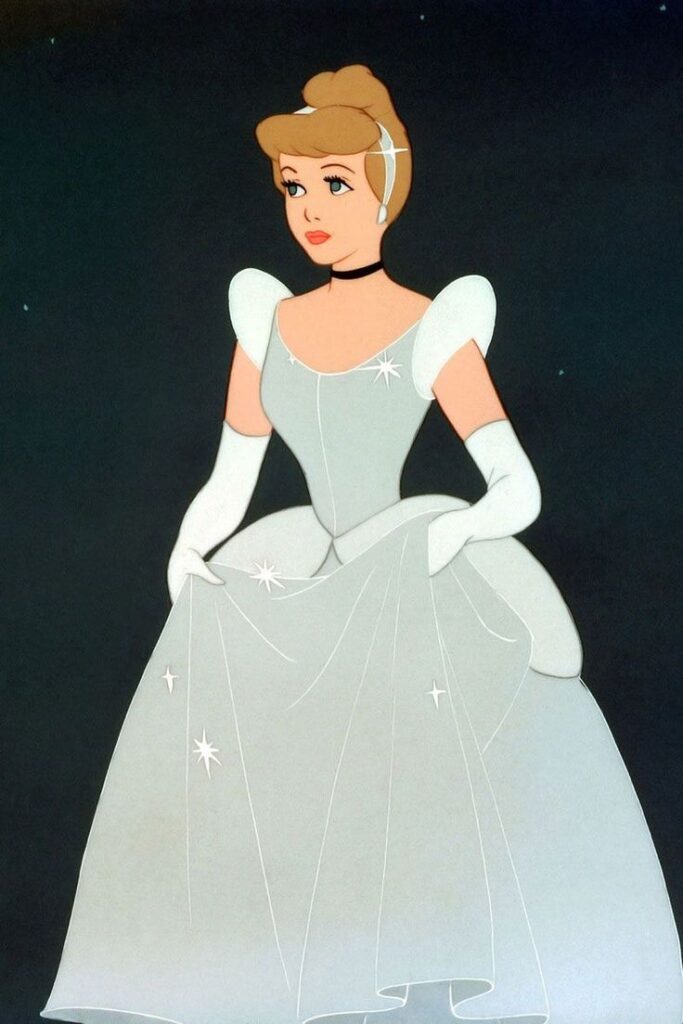

Early Disney female characters were often shown as passive and focused on beauty or romance. Characters like Snow White and Cinderella followed traditional roles of kindness and waiting for rescue.
Over time, Disney introduced more active and independent women. For example, Mulan breaks gender rules by becoming a soldier. Elsa from Frozen shows strength through self-acceptance and leadership. These characters take control of their destinies.
The shift reflects wider changes in society’s view of women’s roles. Female characters are now more diverse, showing bravery, intelligence, and independence.
Disney Animation Milestones Featuring Women
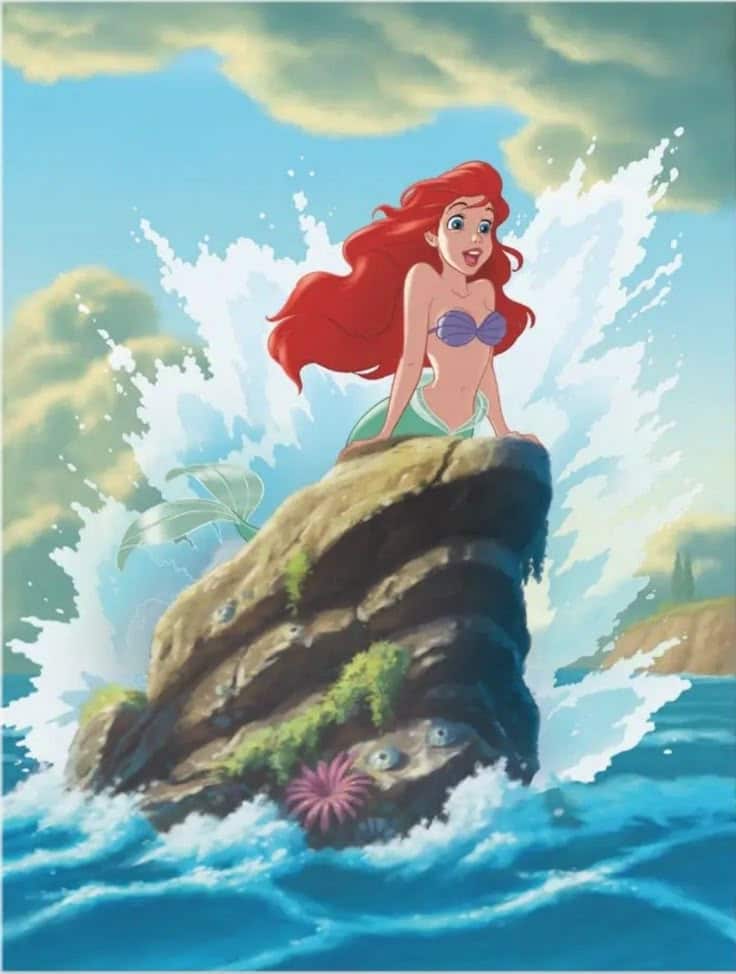
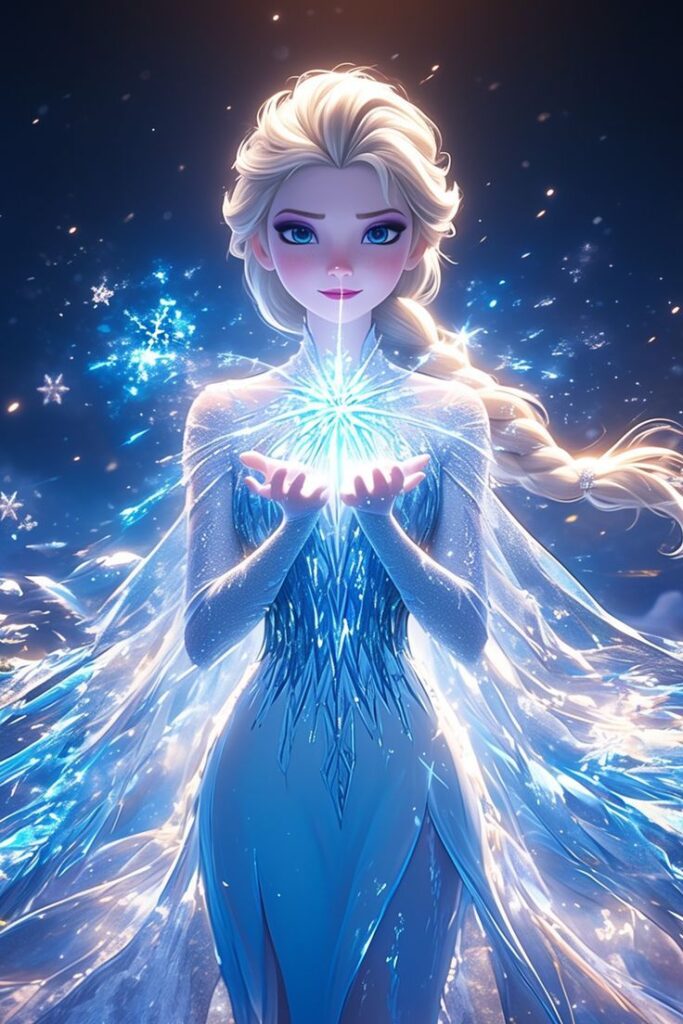
Some Disney movies marked important steps for female characters. The Little Mermaid (1989) brought a curious and adventurous heroine, Ariel, who seeks her own path.
Beauty and the Beast (1991) introduced Belle, who values reading and seeing beyond appearances. This was a change from earlier roles.
In 2016, Moana portrayed a strong leader connected to her culture without focusing on romance. Frozen (2013) was a hit for its focus on sisterhood rather than a romantic story.
These films show how Disney female characters moved from fairy tale ideals to complex personalities.
Common Themes and Tropes
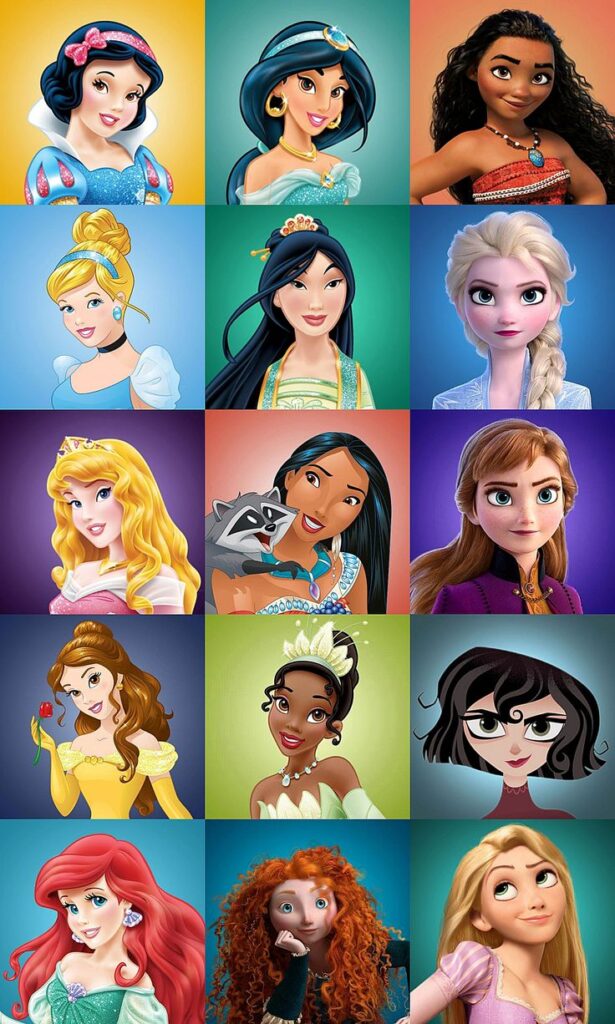
Many Disney female characters share some common traits. Courage, kindness, and a desire to change their lives are frequent themes.
Some characters still follow older tropes, like the “damsel in distress,” but newer stories often challenge this idea. For example:
- Independent women who solve their own problems
- Women who have goals beyond romance
- Characters who support each other instead of competing
Disney continues to create female characters who reflect a variety of experiences and strengths.
The Disney Princess Lineup
Disney princesses come from different time periods, each reflecting the style and themes of their era. The lineup includes classic fairy-tale figures from early Disney films, strong characters from the 1990s revival, and modern princesses with new stories and values. Their roles, designs, and personalities show how Disney has changed over time.
Classical Era Princesses
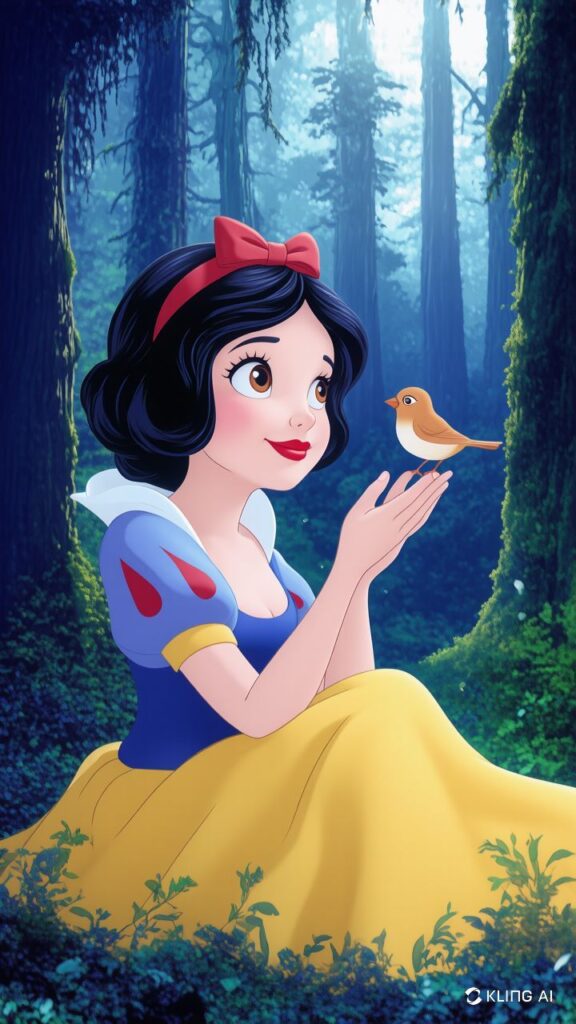
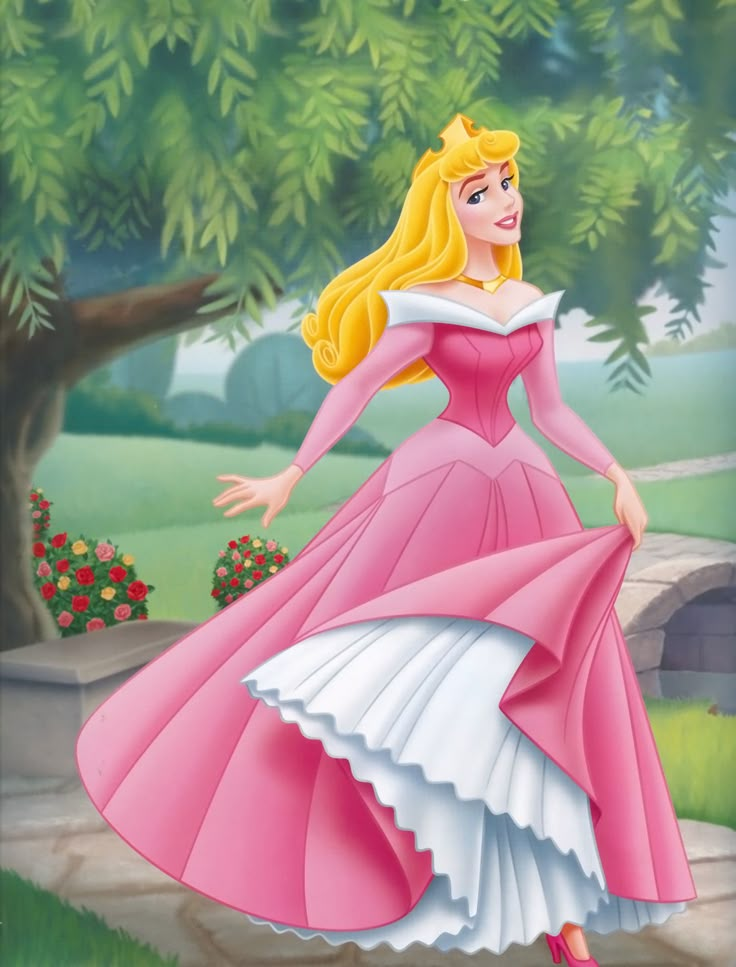
The Classical Era includes Disney princesses from the 1930s to the 1950s. These characters are based on well-known fairy tales. Snow White was the first Disney princess, appearing in 1937. She is gentle, kind, and innocent. Cinderella came later in 1950. She is patient and hopeful, known for her famous glass slipper. Aurora, known as Sleeping Beauty, appears in the 1959 film. She is graceful and dreamy.
This era focuses on traditional stories with princesses mostly waiting for rescue. The animation style is simple and soft. These princesses set the start of Disney’s princess tradition.
Renaissance Era Princesses
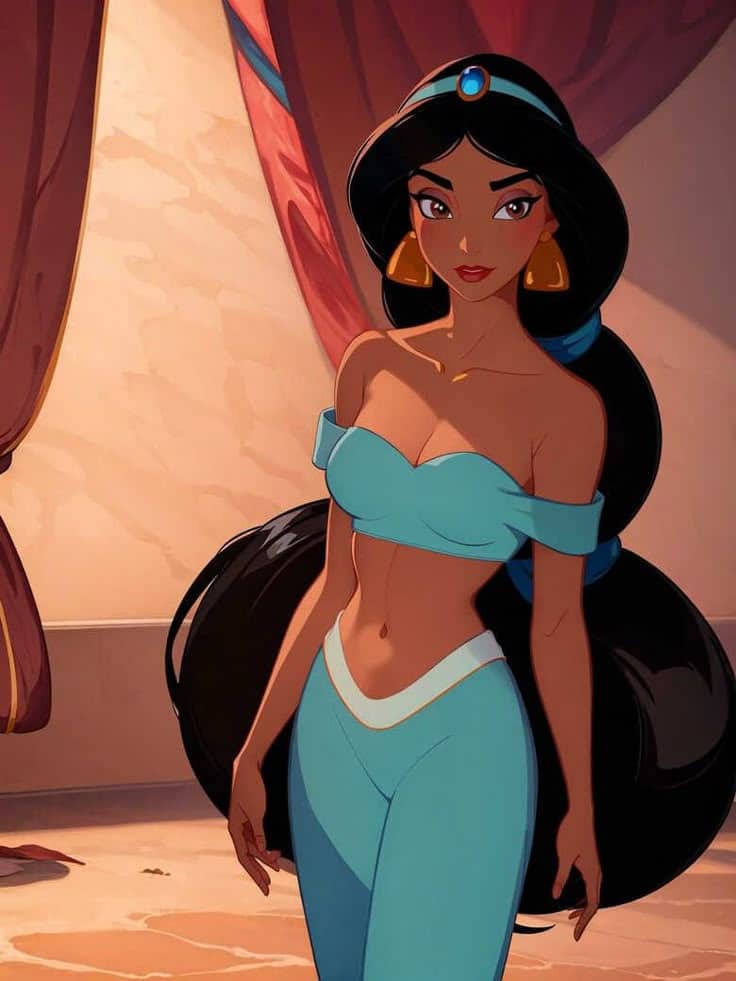

The Renaissance Era covers the late 1980s to the late 1990s. These princesses have stronger personalities and new challenges. Ariel from The Little Mermaid (1989) is adventurous and curious about the human world. Belle from Beauty and the Beast (1991) loves books and is smart and independent. Jasmine from Aladdin (1992) stands out for her desire to control her own life. Mulan (1998) breaks the mold by disguising herself as a soldier to save her family.
This period brings more action, stronger female leads, and themes of self-discovery.
Modern Era Princesses
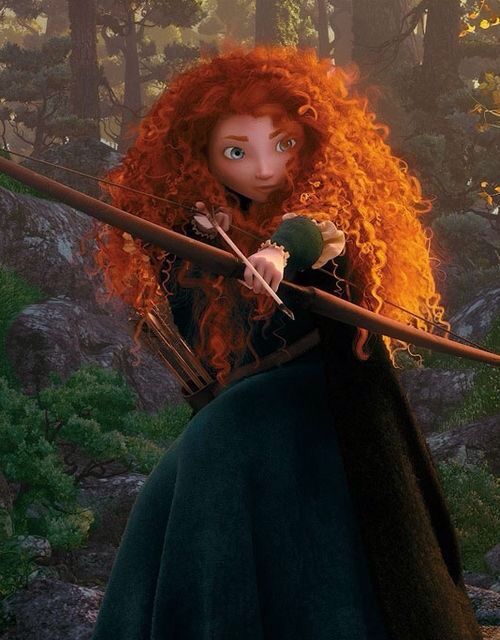
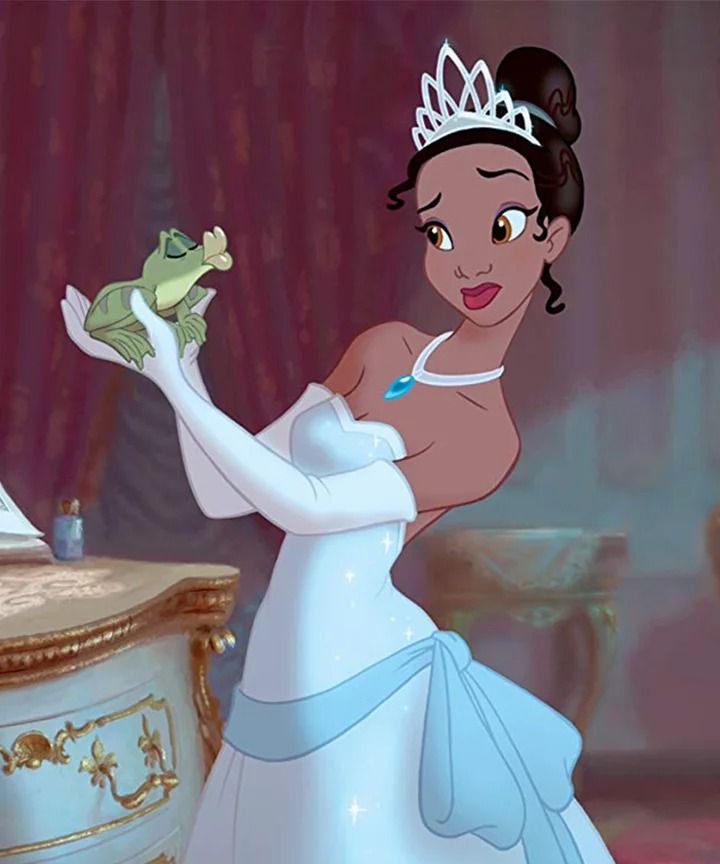
Modern Era princesses appear from the 2000s onward. They reflect today’s values and culture. Tiana (The Princess and the Frog, 2009) is focused on hard work and dreams. Rapunzel from Tangled (2010) is curious and funny, with a strong will to explore. Merida from Brave (2012) rejects tradition and fights for her independence. Moana (2016) shows bravery and respect for nature and her culture.
These princesses are more active and independent. Their stories often include themes of courage, identity, and leadership.
Popular Female Characters Beyond Princesses
Disney has many female characters who are not princesses but still have strong roles. These characters include villains, heroes, and important supporting figures. Each group shows different kinds of strength and personality.
Villains and Antagonists
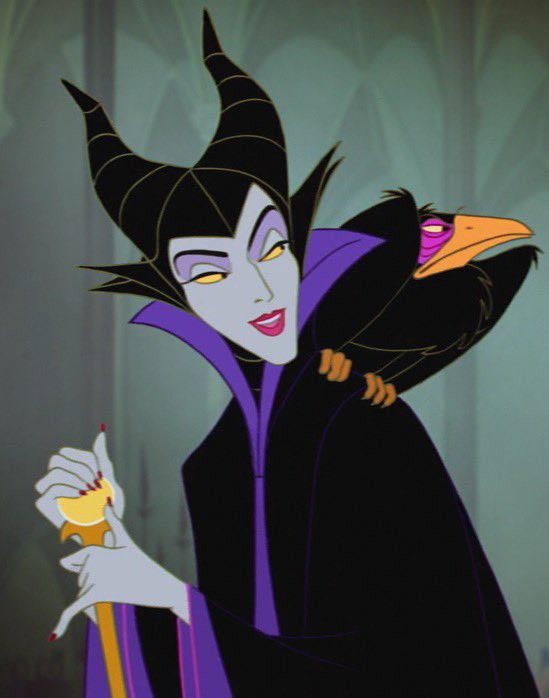
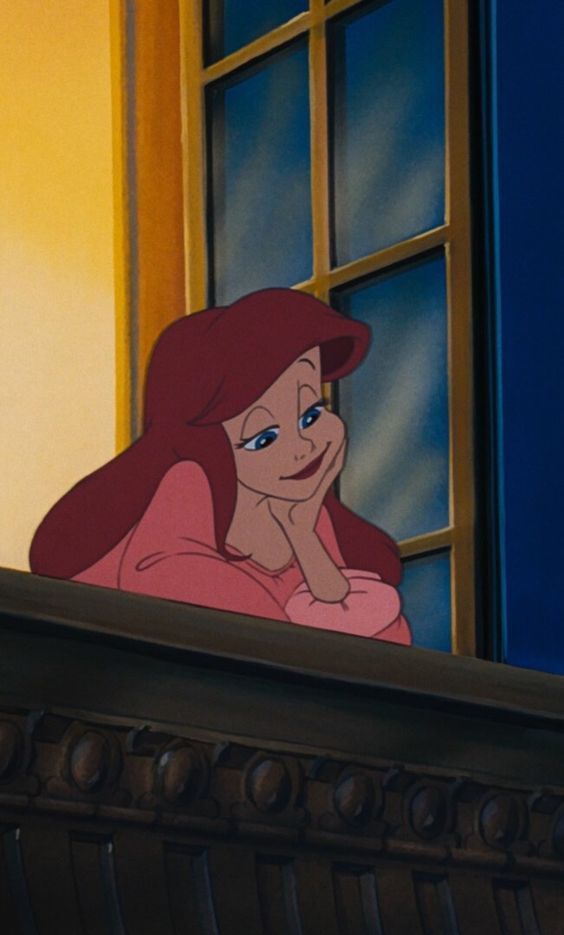
Disney villains are often powerful and memorable female characters. For example, Maleficent from Sleeping Beauty uses dark magic and is both feared and mysterious. Ursula from The Little Mermaid uses cunning and tricks to try to take control of the sea. Another well-known villain is Cruella de Vil from 101 Dalmatians, famous for her obsession with spotted fur.
These characters often have strong motivations and complex personalities. They are not just evil for no reason; they challenge the heroes and create conflict that drives the stories.
Heroines and Adventurers

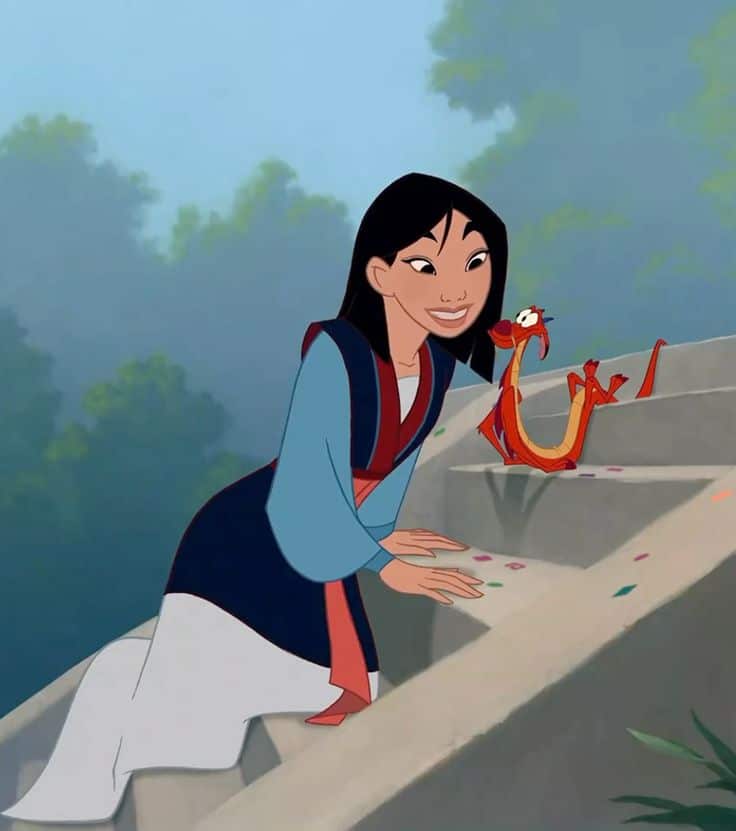
Some female characters are heroes who face challenges and go on adventures without the title of princess. Mulan is a brave warrior who fights to save her family and country. Merida from Brave is a skilled archer who struggles for freedom and control over her own life. Another example is Moana, who journeys across the ocean to save her island.
These characters show courage and independence. They solve problems with intelligence and skill, and their stories focus on growth and bravery.
Supporting Female Characters
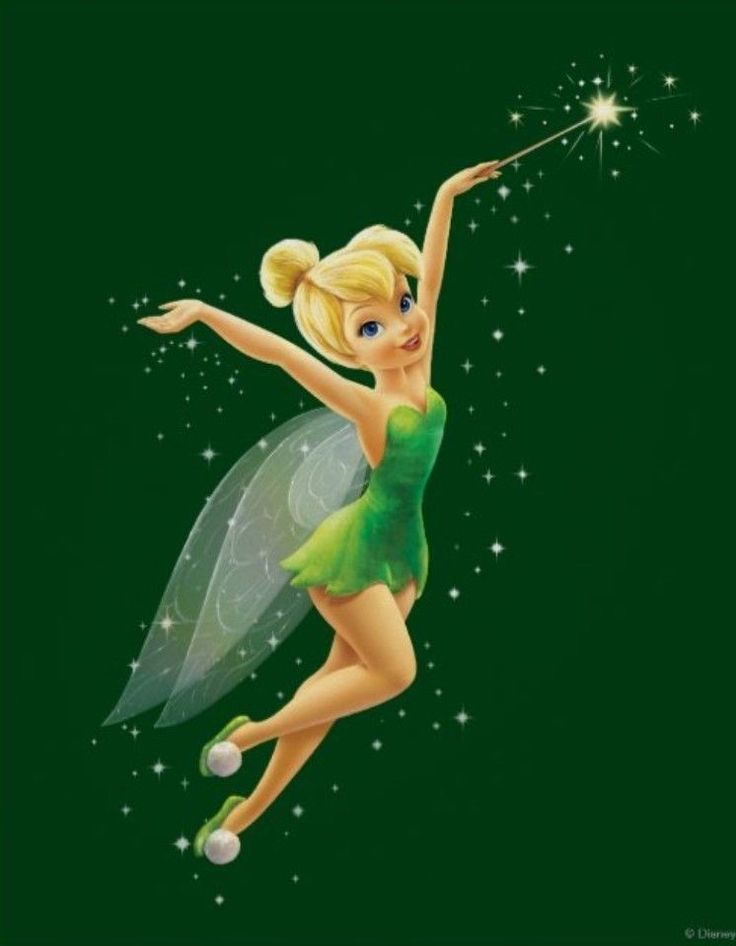
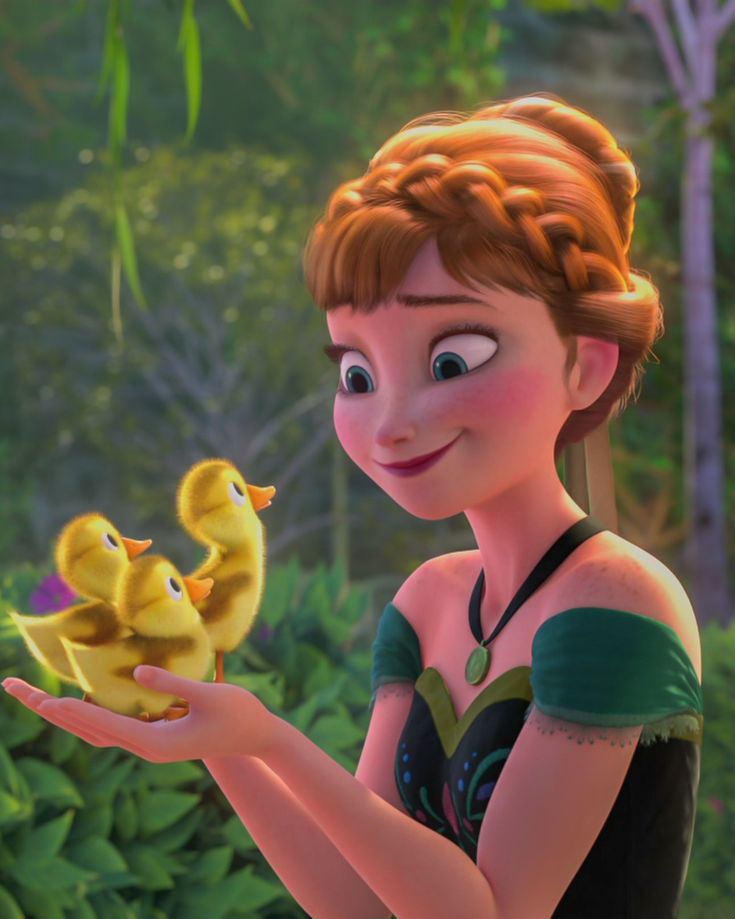
Many female characters support the main story and add depth. Characters like Tinker Bell from Peter Pan bring magic and friendship. Belle’s mother in Beauty and the Beast is never shown, but characters like Mrs. Potts provide warmth and care. In Frozen, Anna’s role as a supportive sister is crucial.
Supporting characters often add humor, wisdom, or love, making the story richer and more complete.
Representation and Diversity Among Disney Women
Disney female characters show variety in culture, appearance, and roles. This diversity reflects changing attitudes towards inclusivity and representation in storytelling. Characters come from many backgrounds, ages, and different body types, especially in recent films.
Cultural Backgrounds
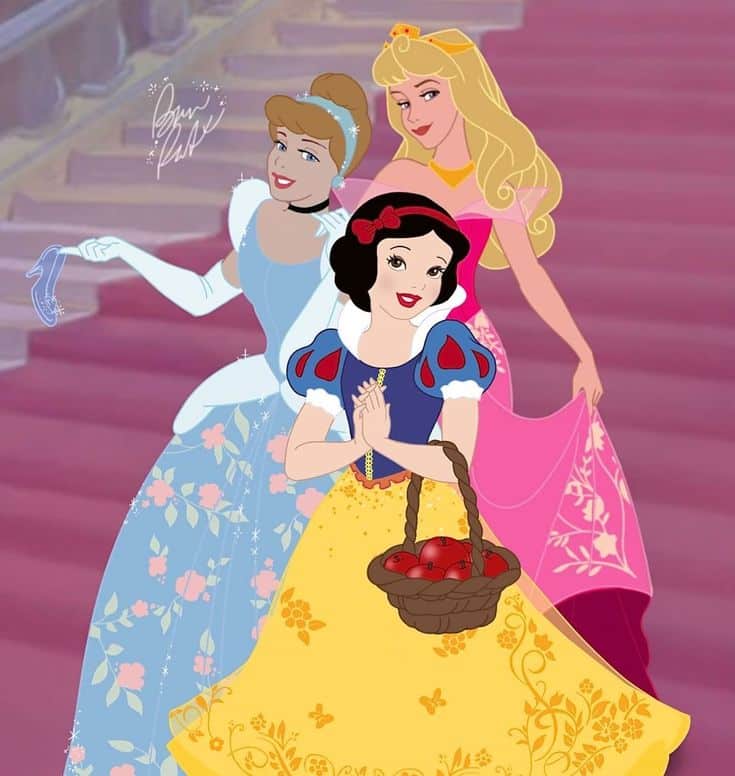
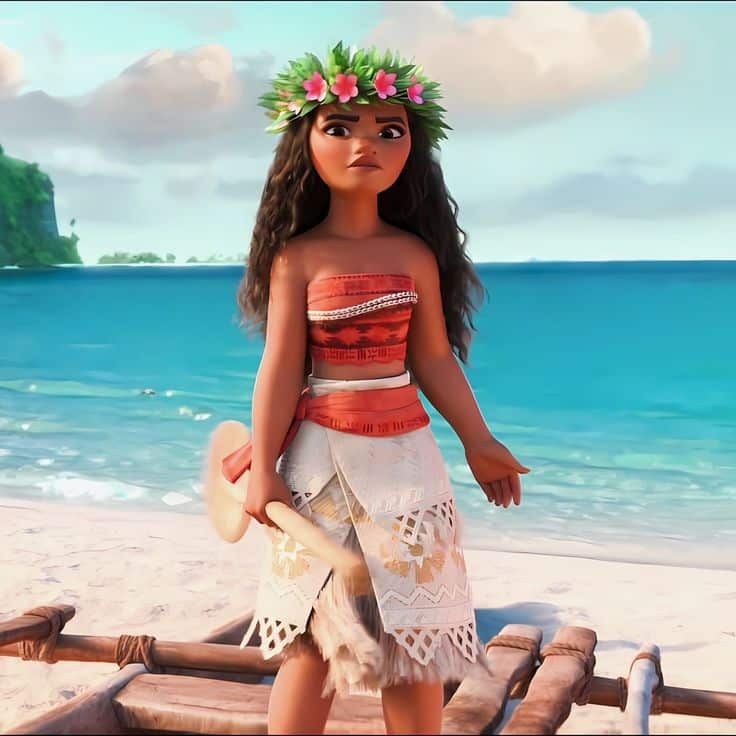
Disney has gradually included women from many cultures. Early characters like Cinderella and Snow White were mostly European. More recent characters include Moana from Polynesian culture, Mulan from China, and Tiana from African American heritage.
These characters show unique traditions, clothing, and stories. For example, Moana’s tale is based on Polynesian myths and life at sea. Tiana represents African American culture and features a strong work ethic and dreams. These cultural details help reach diverse audiences and teach respect for different heritages.
Body Types and Ages
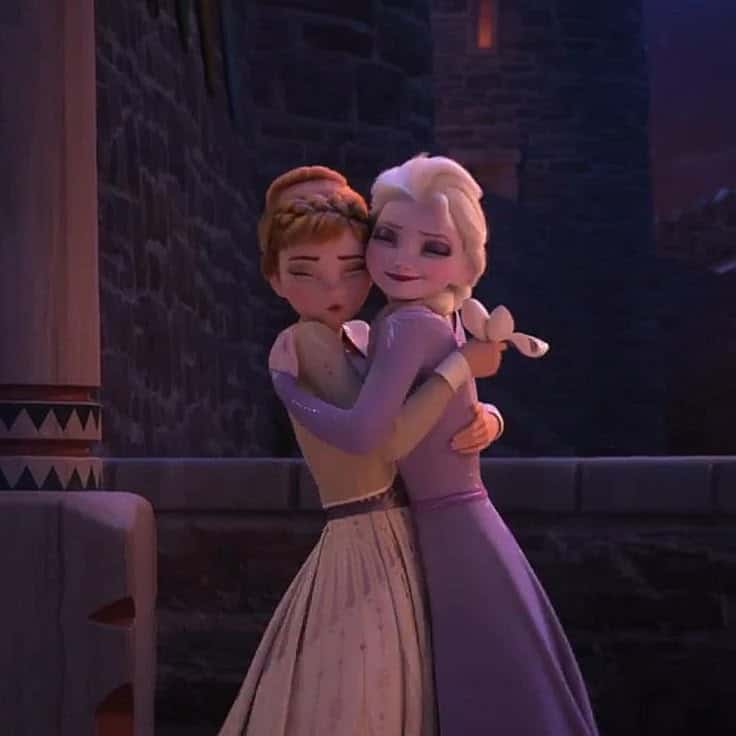
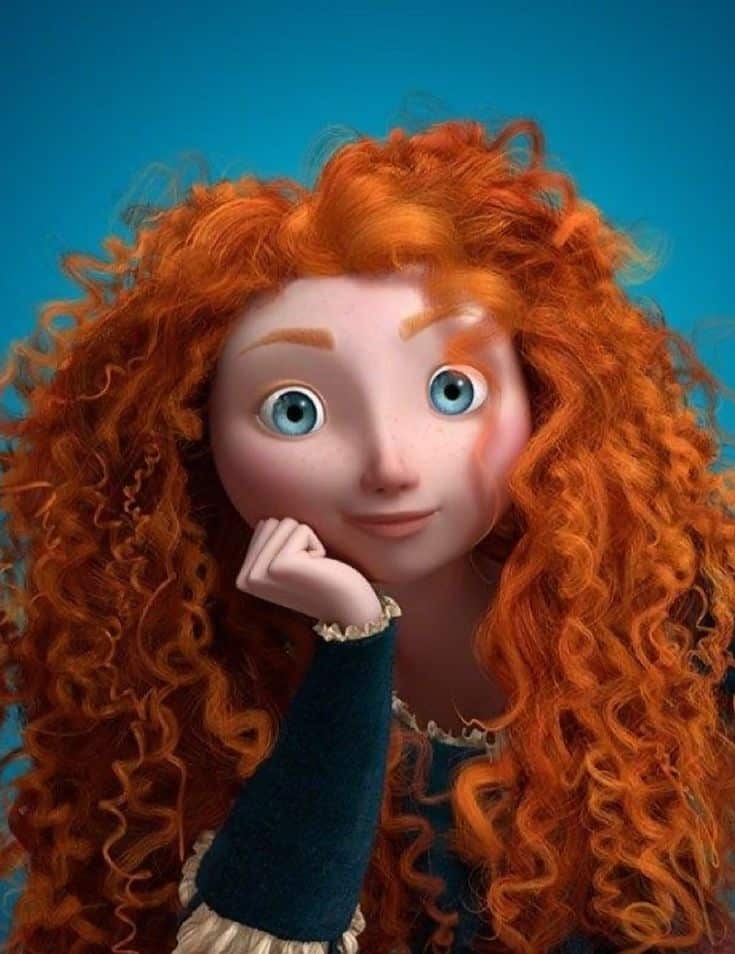
Older Disney films often showed female characters with similar slim and youthful looks. For example, many princesses had the same body shape and appeared very young. This changed with time as Disney introduced characters with more varied looks.
Characters like Merida from Brave have a more athletic build. Anna and Elsa from Frozen are designed with realistic proportions and unique features. Disney also highlights different ages; for instance, Elsa is older and more mature, while Anna is younger and energetic. This variety helps represent more real-life diversity.
Representation in Recent Films
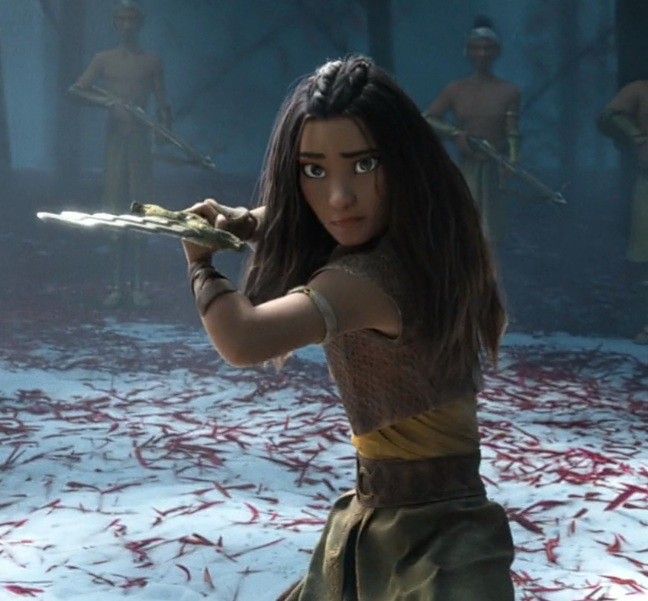
Recent Disney movies focus on stronger, complex female characters. Women are shown with different personalities, goals, and challenges. For example, Raya in Raya and the Last Dragon is a skilled warrior, not just a princess waiting for rescue.
Films now often address social issues like leadership, friendship, and family responsibility. Female characters take active roles in the story, making choices that affect the plot. This shift creates role models that many viewers can relate to or learn from.
Iconic Female Characters in Pixar Films
Pixar has created many memorable female characters who shape their stories. Some lead the films, driving the plot, while others add depth as supporting roles.
Protagonists and Leads
Pixar’s female leads often show strength and growth. Colette in Ratatouille proves skill and determination in a male-dominated kitchen. Merida from Brave challenges tradition and fights for her own path. Joy from Inside Out teaches about emotions and balance. These characters are central to their films and show courage, intelligence, and independence.
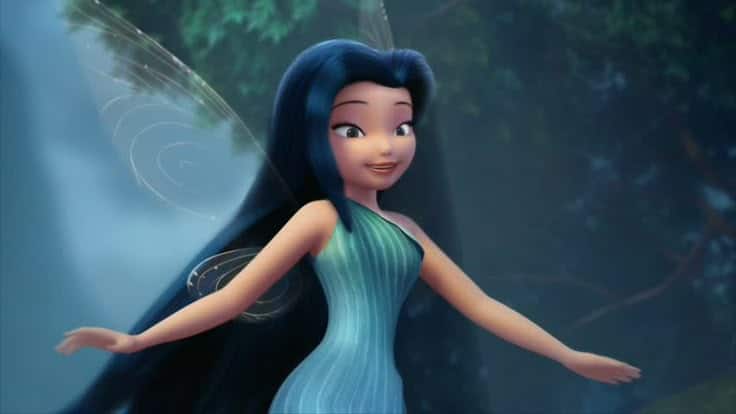
Notable Supporting Roles
Supporting female characters add important layers to Pixar’s stories. Helen Parr (Elastigirl) in The Incredibles balances family and hero life. Dory’s friend Destiny in Finding Dory shows kindness and loyalty. Sally from Cars offers guidance and support. These roles, though smaller, provide the heroes with help, motivation, and emotional moments.
Legacy and Cultural Impact
Disney’s female characters have shaped how people see women in stories and media. They have left a mark on music, fashion, and art. These characters also play a big role in business, especially in products and branding.
Influence on Pop Culture
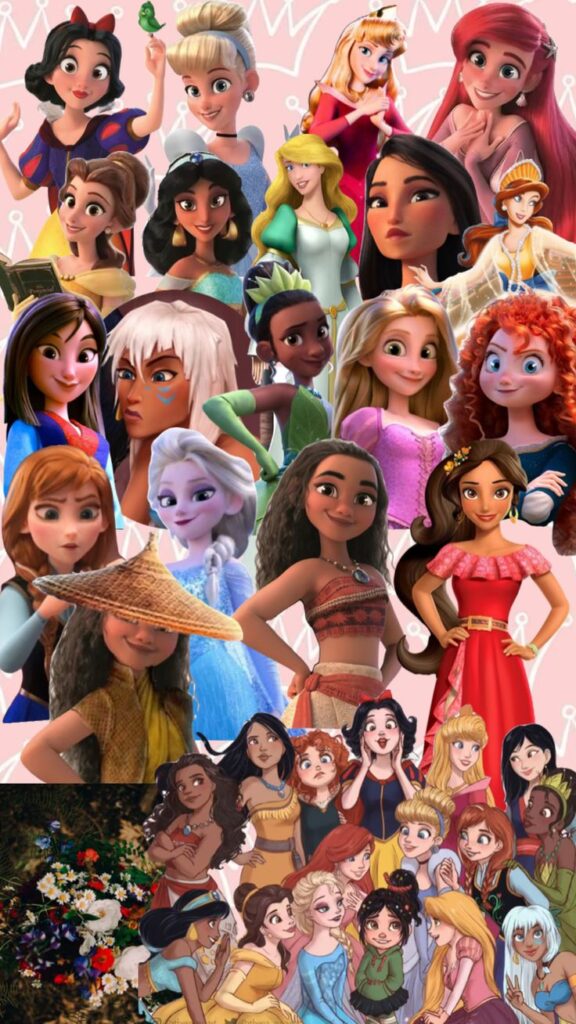
Disney’s female characters are often seen in movies, TV shows, and fan art. Characters like Cinderella, Belle, and Moana have inspired songs and dances worldwide. Their stories are retold in plays and theme parks.
These characters often represent different qualities, such as courage, kindness, or intelligence. This variety helps many people find someone to relate to. Their popularity influences fashion trends, where costumes and styles become popular.
Merchandise and Branding
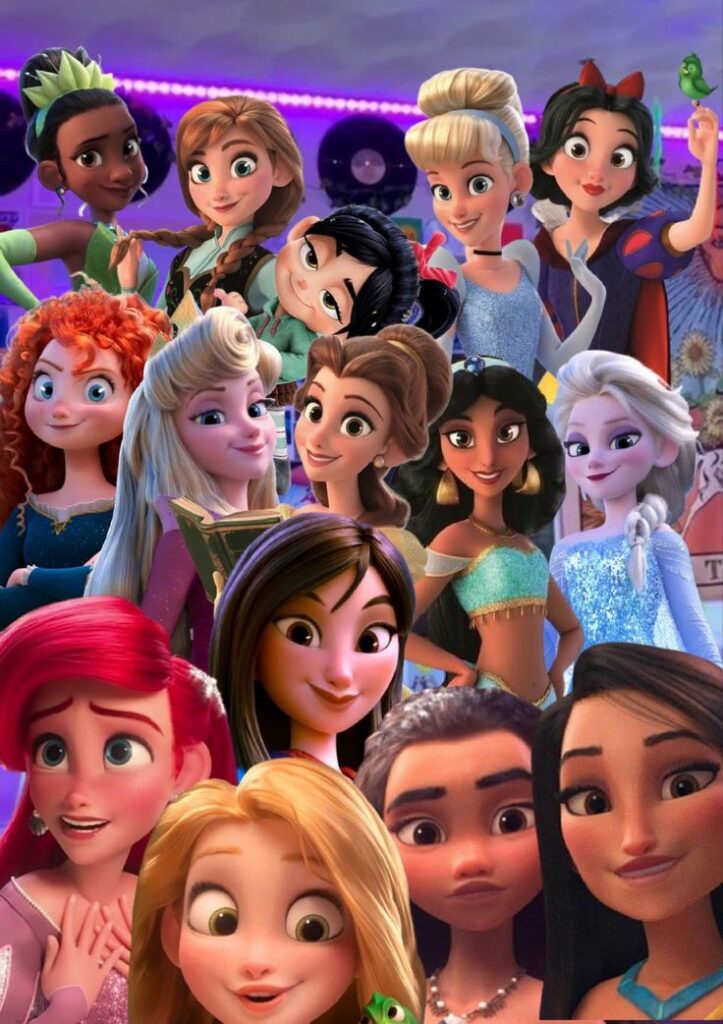
Disney’s female characters appear on many products, from toys to clothing. Princess dresses, dolls, and school supplies sell well. This merchandise targets children but also collectibles appeal to adults.
The branding often highlights traits of the characters. For example, Elsa symbolizes independence with her ice powers. Companies use these traits in ads to connect emotionally with buyers. This helps keep the characters important in daily life.
Fan Favorites and Lesser-Known Characters
Many Disney female characters are famous worldwide, loved for their stories and personalities. At the same time, some characters are less known but have unique traits and strong fans.
Top-Ranked Female Characters
Characters like Belle, Elsa, and Mulan are widely popular. Belle is admired for her love of books and bravery. Elsa stands out for her independent spirit and powerful ice magic. Mulan is praised for her courage and breaking traditional gender roles.
Other favorites include Ariel, who dreams of a new life, and Cinderella, known for her kindness. These characters often lead movies and have a big cultural impact, inspiring merchandise, theme park attractions, and fan art.
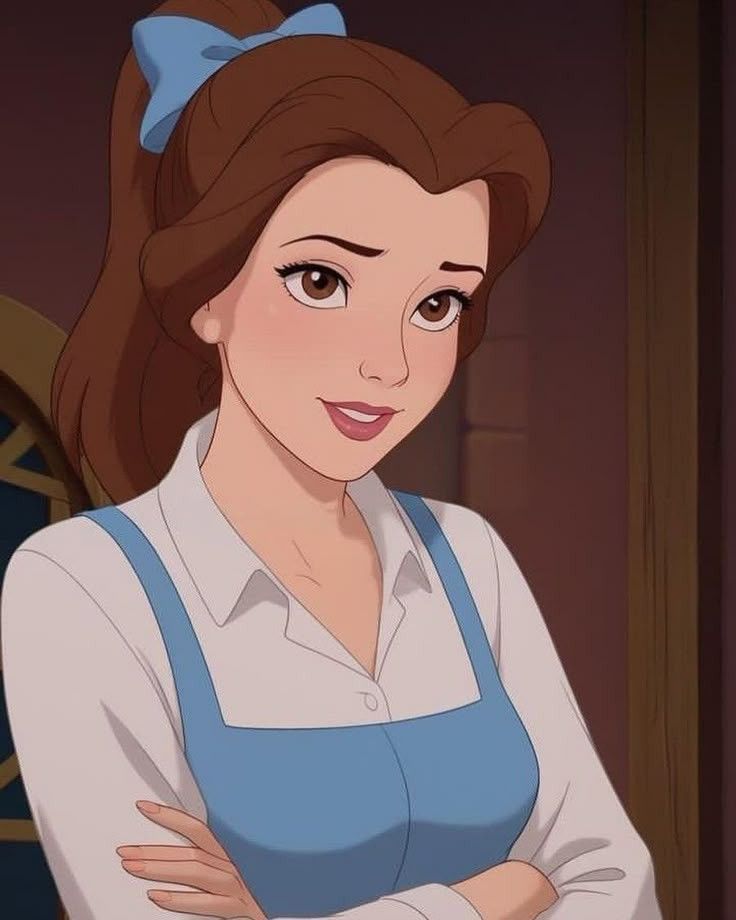
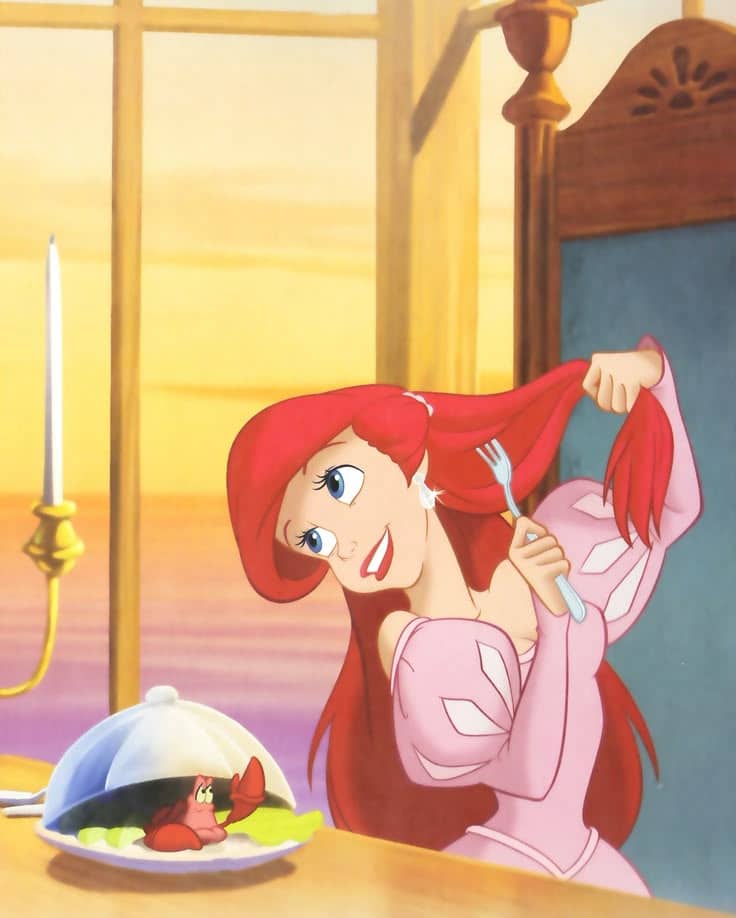
Underrated Disney Women
Some Disney women are less famous but still important. Kida from Atlantis is a strong leader who values her culture. Eilonwy in The Black Cauldron shows bravery and wit in tough situations.
Nani from Lilo & Stitch cares deeply for her family. These characters might not get as much attention but offer important stories about strength, loyalty, and growth.
| Character | Movie | Key Trait |
|---|---|---|
| Kida | Atlantis | Leadership |
| Eilonwy | The Black Cauldron | Bravery |
| Nani | Lilo & Stitch | Family Loyalty |
- 204shares
- Facebook0
- Pinterest204
- Twitter0
